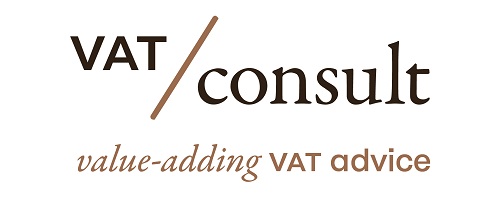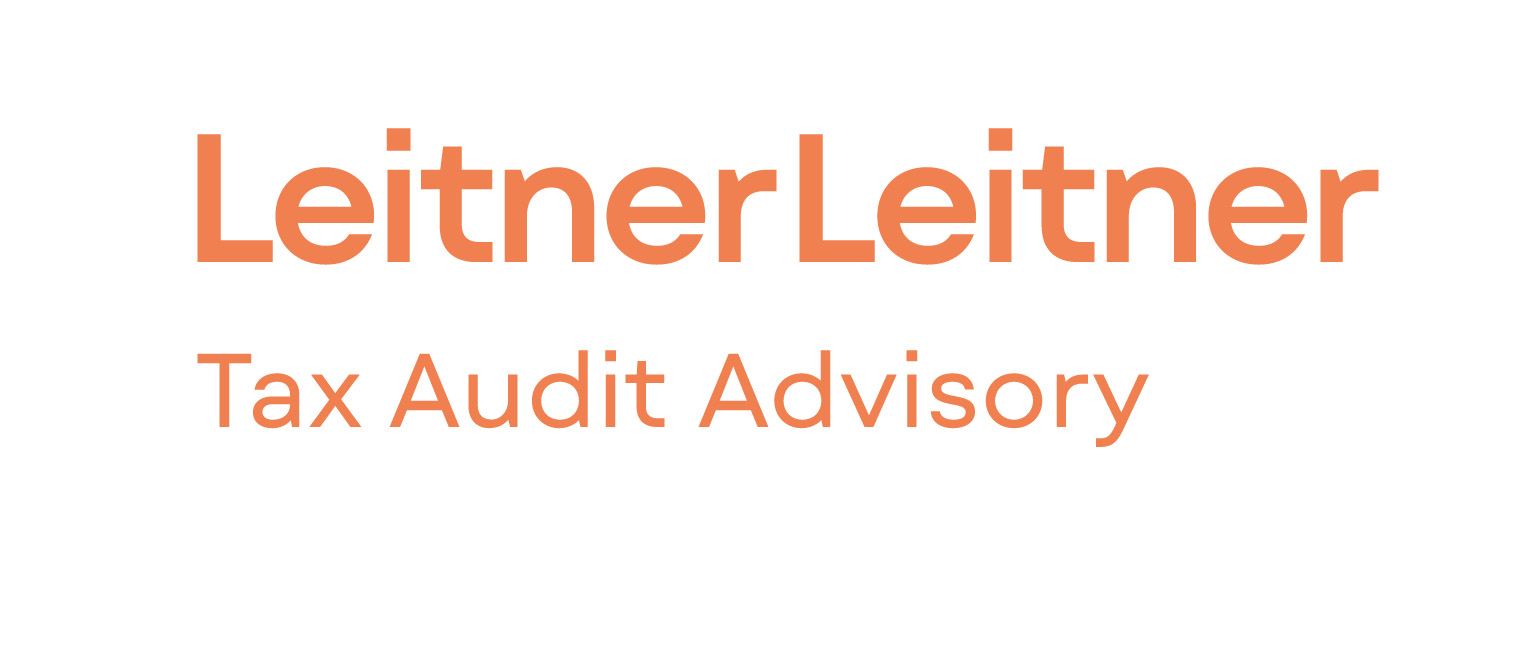- Customs classification of goods is primarily determined by their objective characteristics and qualities, with intended use playing a secondary role.
- Actual use post customs clearance is not taken into consideration due to practical challenges.
- The intended use should be intrinsic to the product for tariff classification purposes.
- A recent ruling by the Court of Justice focused on the classification of soybean meal under HS heading 2309, establishing specific conditions for eligibility.
- The Court ruled that the soybean meal is covered by heading 2304 and the toasting operation did not alter its original character.
- This ruling has implications for any goods subject to a destination criterion.
Decision
The Combined Nomenclature, set out in Annex I to Council Regulation (EEC) No 2658/87 of 23 July 1987 on the tariff and statistical nomenclature and on the Common Customs Tariff, in the version resulting from Commission Implementing Regulation (EU) 2016/1821 of 6 October 2016,
must be interpreted as meaning that a product imported in the form of pellets or granules, which is obtained following the extraction of soya-bean oil using a solvent and heat treatment to remove that solvent so that the product can be mixed, after being physically ground, with a compound for animal consumption, comes under heading 2304 of that nomenclature.
Source
Latest Posts in "European Union"
- Playing Music Without Required License Is a Taxable Service, Says Advocate General
- PEM Zone: Implementation Status and Legal Fragmentation of Revised Origin Rules from January 2026
- Innovative Customs Education Workshop Spurs Collaboration; Final Chance for Universities to Apply for EU Recognition
- Briefing documents & Podcasts: VAT concepts explained through ECJ/CJEU cases on Spotify
- Navigating VAT Exemptions: Recent ECJ Judgments and Their Implications for Intra-Community Transactions and Imports














